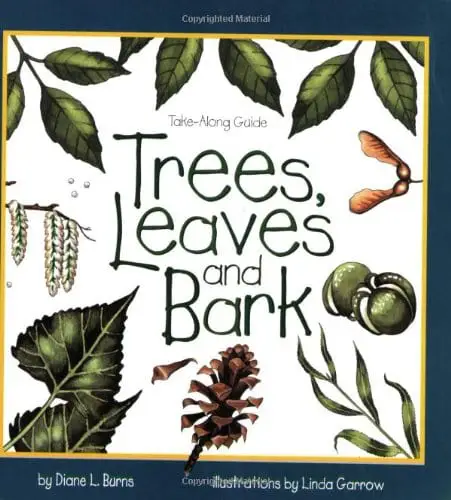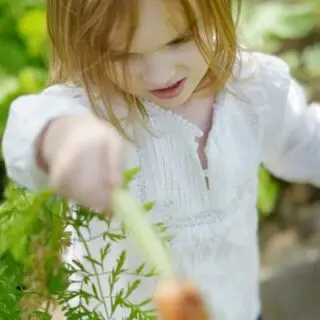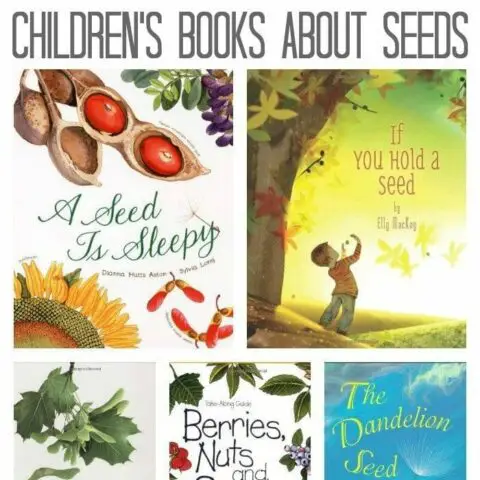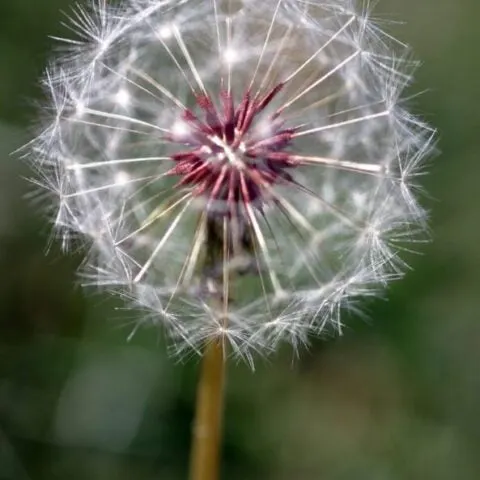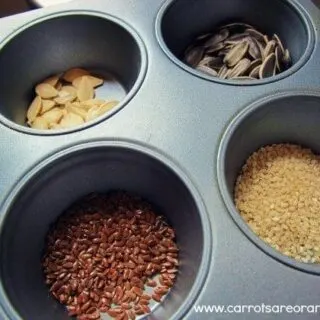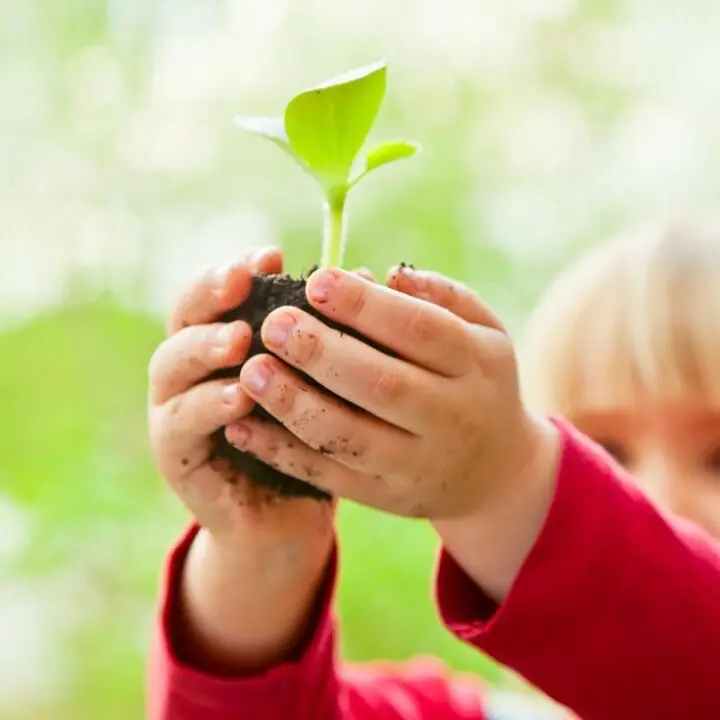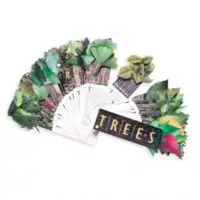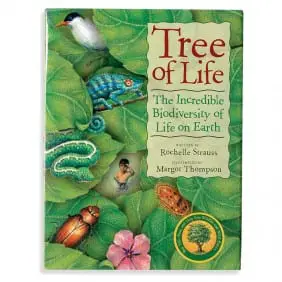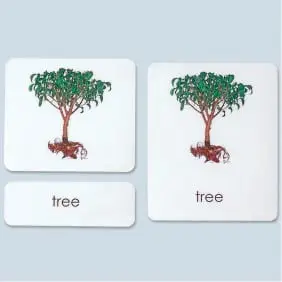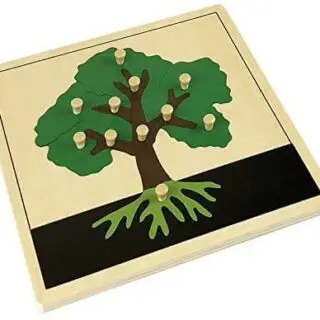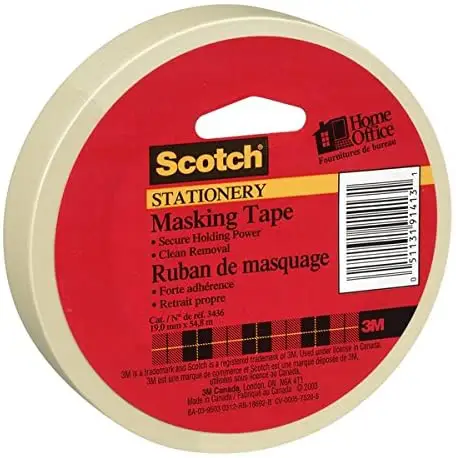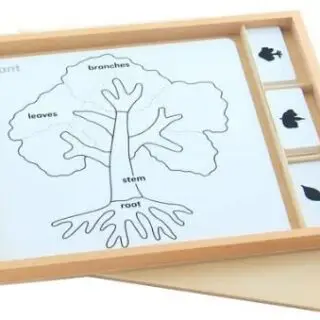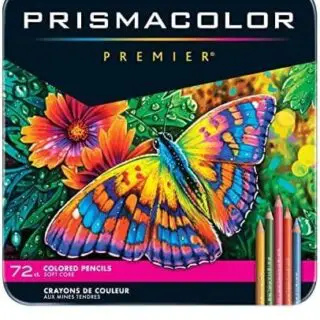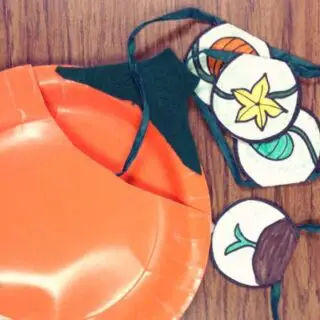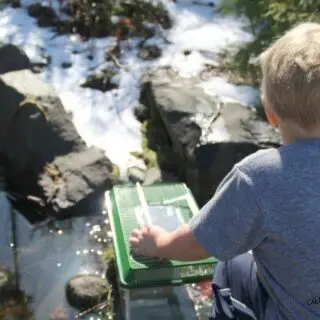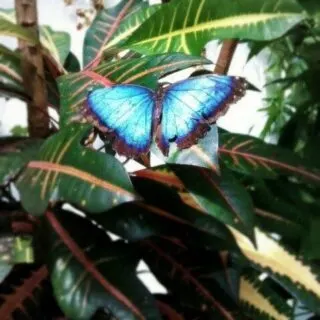It’s essential for our children to understand the importance of nature and the environment, and a great way to start is by learning about life cycles. By studying trees and other plants, kids can learn more about how everything works together in complex ecosystems—and gain insight into the fragile relationship between humans, animals, and plants.
To help make this lesson easier for you as teachers or parents to deliver while still keeping students motivated and engaged, we've put together some resources that will guide you through teaching your class about the lifecycle of a tree!
I remember wandering through the forest in my backyard, gazing up at the trees and feeling small. Trees are mighty and provide ample opportunities for learning for kids.
The life cycle of a tree is a lesson that ignites a child's sense of wonder about the world and the desire to want to learn more.
My goal for this post is to present a lesson to you and to provide you with ample resources to equip yourself with knowledge and engaging activities for your kids.

Life Cycle of a Tree Lesson
- Start with this fantastic book titled The Magic & Mystery of Trees. Kids love magic and mystery, and this book will open their minds to start the conversation.
- Encourage the child to explore more deeply by asking them questions. See below for some conversation starters.
Questions to Ask Kids about Trees
- Are trees living or non-living?
- Do trees need water and food?
- How are trees born?
- Is it possible for a tree to get sick like us?
- Why are trees important to humans and the environment?
- Do trees die?
- How can humans help trees?
Continue the Lesson
- Show the kids this time-lapse video of a seed growing into a pine tree. This video will surely open their eyes to the amazingness of nature.
- Use this Take-Along Guide on Trees, Bark, and Leaves. Then head out for a walk. It doesn't have to be on a trail. You can simply walk around the neighborhood or the yard.
- On a day when the weather is nice, stop and take a break by doing yoga tree poses and encourage the kids to act out the life cycle of a tree with their bodies beginning with the seed.
- Try tree rubbing with newsprint paper and jumbo crayons. Simply masking tape the paper on the tree and use the crayons to create the rubbing. You will be amazed at the beauty of the various textures.
- Draw the life cycle of a tree
- Introduce the parts of the tree (see below for details) using a Montessori tree puzzle and botany activity set. Encourage the child to trace his own tree using tracing paper and colored pencils.
- Use Parts of the tree cards and booklets. Encourage your child to make his own cards and Tree Book.
Tree Facts for Kids
Kids love fun facts. As the learning progresses, let them know about these amazing facts about trees.
- No other organism on Earth lives as long as a tree. Trees never die of old age. Trees can live for thousands of years.
- The tallest species of trees in the world include the Coast Redwood, Giant Sequoia, Coast Douglas Fir, Sitka Spruce, and Australian Mountain Ash.
- Trees produce oxygen and reduce the amount of carbon dioxide in the atmosphere.
- Trees help us stay healthy and have been noted to assist people in recovering from surgery.
- Trees produce rings representing years of growth. The dark circles show us slower growth during cooler months, and the lighter rings tell us the tree's fast growth.
- Not all trees have rings! Trees are growing in the tropics that have no discernable annual ring. Why is this? The tropics, for example, are known for their warmth, sunshine, and moisture all year round. So, nothing tells the tree to stop growing or to grow faster or slower, unlike in climates where there are different seasons.
- Trees are the most significant plants.
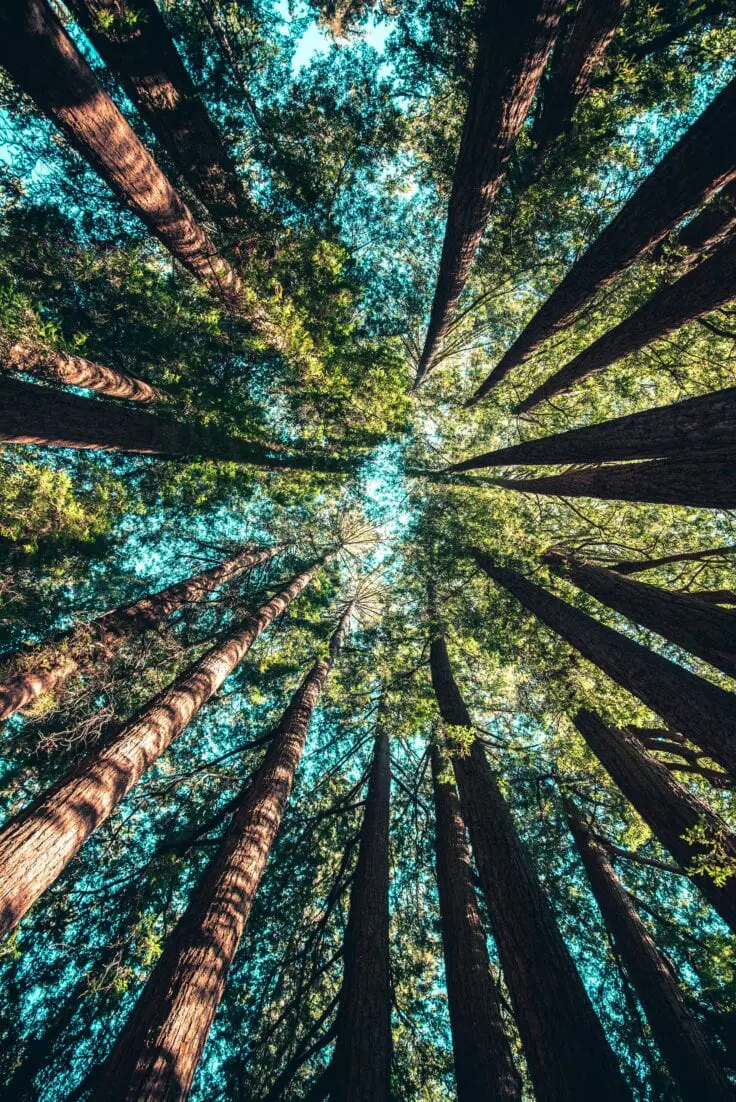
Types of Trees / Tree Names
There are two main types of trees: deciduous and evergreen.
What is the meaning of deciduous?
Deciduous trees lose all of their leaves for part of the year. In cold climates, this happens during the autumn so that the trees are bare throughout the winter. In hot and dry climates, deciduous trees usually lose their leaves during the dry season.
What is the meaning of Evergreen?
Evergreen trees don't lose all of their leaves at the same time — they always have some foliage. They do lose their leaves a little at a time with new ones growing in to replace the old, but a healthy evergreen tree is never without leaves.
Characteristics of a Tree / Parts of a Tree / Tree Anatomy
- Roots live underground and are responsible for keeping the tree grounded in the earth and for absorbing water and nutrients from the soil.
- Crown – The upper part of the tree with branches is called the crown.
- Leaves make sugar from air and water through a process called photosynthesis, where energy from the sun, carbon dioxide from the air, and water recombine to form sugars and oxygen.
- Twigs are the most minor branches.
- Branches are connected to the trunk but not a part of the trunk.
- Trunks are made up of several layers.
- The outer bark protects the tree from many things such as insects and extreme weather.
- The phloem is a layer of cells that creates the pipeline that carries sugars from the leaves to the tree. As these cells die, they become part of the outer bark.
- The cambium is the part of the trunk that grows (more slowly in the winter and more quickly in the summer) and forms the annual rings.
- The sapwood is also a pipeline that carries water and nutrients from the roots up the tree to the leaves. As a new layer of sapwood develops, the original or inner sapwood dies and becomes heartwood.
- Heartwood is the deadwood at the center of the trunk and strengthens the tree.
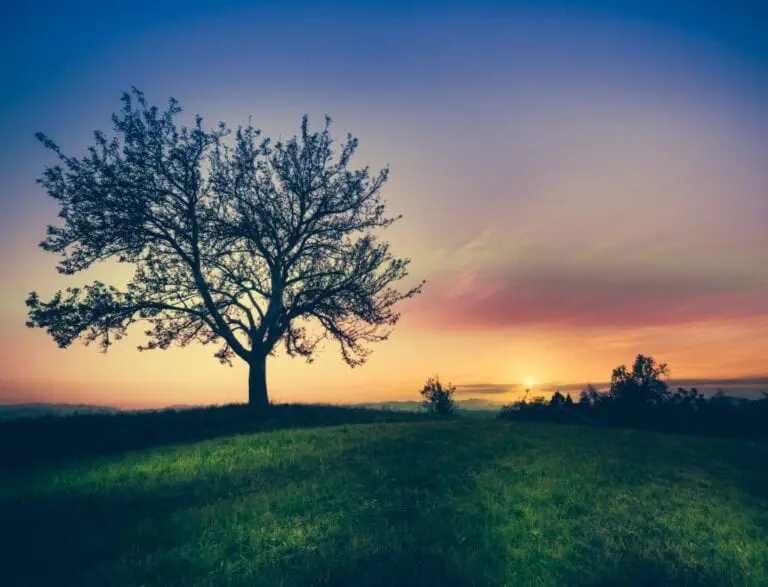
What is the Life Cycle of a Tree?
The life cycle of a tree typically involves several stages, starting from seed germination and progressing through growth, maturity, and eventually death. Here is a general overview of the life cycle of a tree:
- Seed Stage: The life cycle begins with the formation of a seed, which contains the genetic material necessary for a new tree to develop. Seeds are often produced by flowers or cones, depending on the type of tree. They may be dispersed by wind, water, animals, or other means.
- Germination: When conditions are favorable, a seed germinates, meaning it begins to sprout and grow. This process usually requires an adequate supply of water, oxygen, and a suitable temperature. The seed absorbs water, and the embryo within it starts to grow and push through the seed coat.
- Seedling Stage: As the seedling emerges from the soil, it starts to develop its first leaves, known as cotyledons. These initial leaves provide nourishment to the young plant until it can produce its own food through photosynthesis. During this stage, the seedling is vulnerable and requires sufficient sunlight, water, and nutrients from the soil to grow.
- Sapling Stage: As the tree continues to grow, it enters the sapling stage. During this phase, the tree develops a stronger root system and increases in height and girth. It starts to produce branches and develop more mature leaves. The sapling stage can last for several years, depending on the tree species.
- Maturity: Once the tree reaches maturity, it is fully developed and capable of reproduction. The exact age at which a tree reaches maturity varies widely among species, ranging from a few years for some fast-growing trees to several decades or even centuries for slow-growing species. Mature trees produce flowers, cones, or other reproductive structures, allowing them to reproduce and create new generations of trees.
- Reproduction: Trees reproduce through either sexual or asexual means. In sexual reproduction, the tree produces flowers containing male and female reproductive organs. Pollination occurs when pollen grains from male organs are transferred to female organs, either by wind, insects, birds, or other agents. Fertilization takes place, and seeds are formed. In asexual reproduction, some trees can produce new individuals through methods such as root sprouting, suckering, or layering.
- Decline and Death: After reaching maturity, trees can remain healthy and productive for many years. However, as they age, trees may begin to decline. Factors such as disease, insect infestation, environmental stress, or natural senescence can contribute to their eventual death. The decline and death of a tree are part of the natural life cycle, and once a tree dies, it decomposes, returning nutrients to the ecosystem and creating space for new seedlings to grow.
It's important to note that the specific details of a tree's life cycle can vary depending on the species, environmental conditions, and other factors. Different tree species have unique characteristics and life cycle durations, but the general stages mentioned above provide a framework for understanding the life cycle of most trees.
Simple Stages of a Tree's Life
There are seven main stages in a tree's life:
- Seed – This stage represents conception as each seed contains an embryo inside its shell.
- Sprout – The tree germinates and is born.
- Seedling – a tree in its infancy and begins to grow.
- Sapling – a juvenile tree continues to grow.
- Adult – The tree produces flowers and fruit and begins the reproduction phase.
- Elderly – The tree is on the decline but is able to pollinate and spread seeds.
- Snag/Rotten Log – The death of the tree.
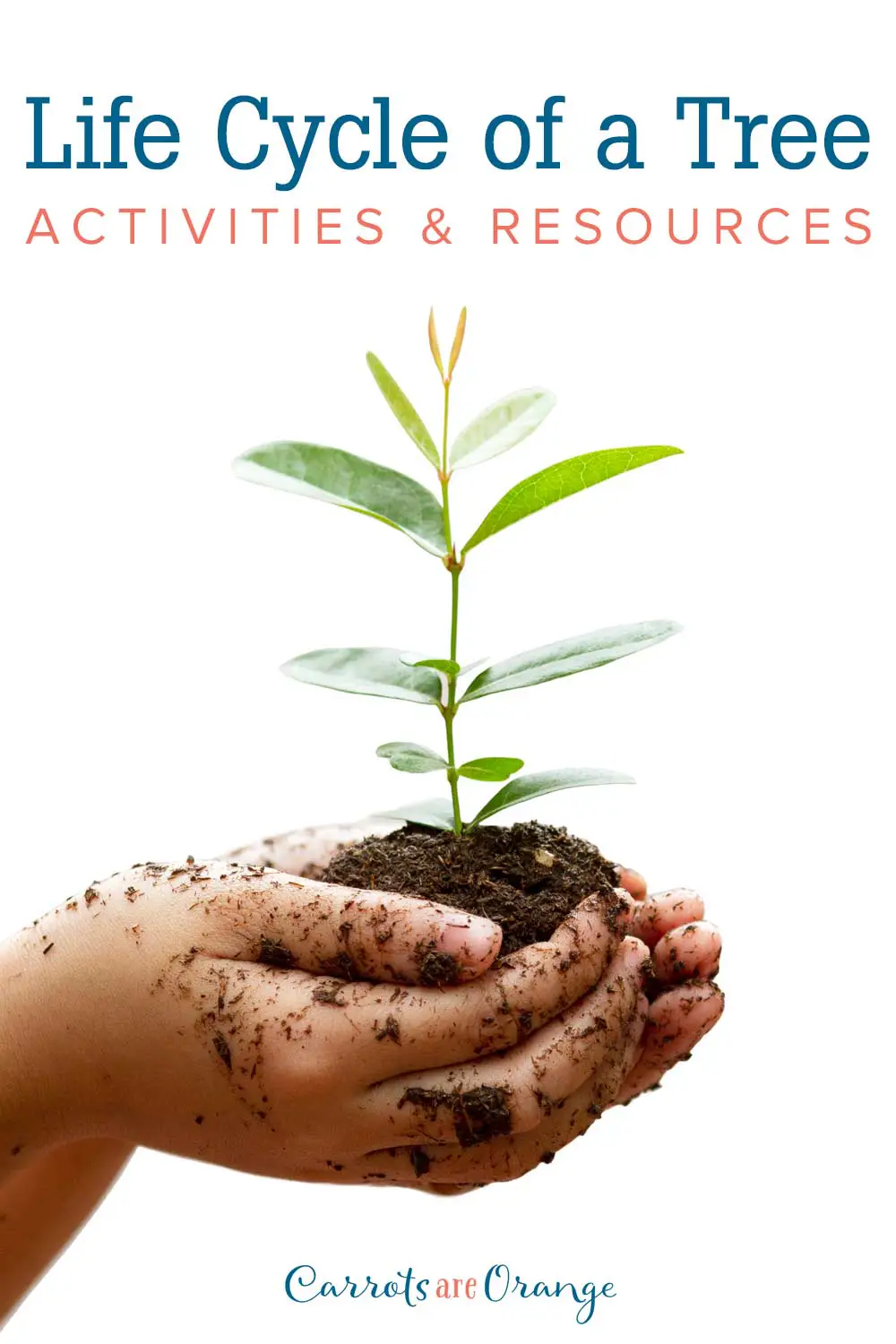
Children's Books About Trees
- “The Giving Tree” by Shel Silverstein: This beloved classic tells the story of a tree that selflessly gives everything it has to a boy throughout his life.
- “The Tree Lady: The True Story of How One Tree-Loving Woman Changed a City Forever” by H. Joseph Hopkins: This picture book biography introduces children to the inspiring life of Katherine Olivia Sessions, who transformed San Diego by planting trees.
- “A Tree Is Nice” by Janice May Udry: This Caldecott Medal-winning book explores the beauty and benefits of trees through simple and poetic language.
- “Redwoods” by Jason Chin: In this informational picture book, readers embark on a journey through the redwood forest, discovering fascinating facts about these majestic trees.
- “The Great Kapok Tree: A Tale of the Amazon Rainforest” by Lynne Cherry: Through captivating illustrations and a powerful story, this book highlights the importance of rainforests and the role of trees in preserving the environment.
- “Because of an Acorn” by Lola M. Schaefer and Adam Schaefer: This beautifully illustrated book explores the interconnectedness of nature, showcasing how a single acorn can lead to the creation of an entire forest.
- “Tell Me, Tree: All About Trees for Kids” by Gail Gibbons: This informative book provides children with an introduction to different types of trees, their parts, and their role in the ecosystem.
- “A Log's Life” by Wendy Pfeffer: This book takes readers on a journey through the life cycle of a tree, from a seedling to a decaying log, and illustrates the importance of trees in nature.
- “The Tree Book for Kids and Their Grown-ups” by Gina Ingoglia: This interactive guide is filled with activities, facts, and illustrations that help children learn about trees, their different species, and the benefits they provide.
- “Up in the Leaves: The True Story of the Central Park Treehouses” by Shira Boss: Based on a true story, this book follows a man named Bob who builds secret treehouses in Central Park and emphasizes the wonder and importance of trees in urban settings.
These books offer engaging stories, informative content, and beautiful illustrations to educate and inspire children about the world of trees.
More Tree Learning
- Kids Discover Spotlight – Trees
- BrainPop Videos on Plant Life Cycle, Tree Growth, Seed Plants, and Photosynthesis. My sons love BrainPop videos and games (ages 11, 9, and 6).
- What Makes a Tree a Tree?
- How Trees Calm Us Down
- Free Life Cycle phonics printable books from The Measured Mom
- Check out these epic treehouses from around the world
- Learn about the coolest trees from around the world

